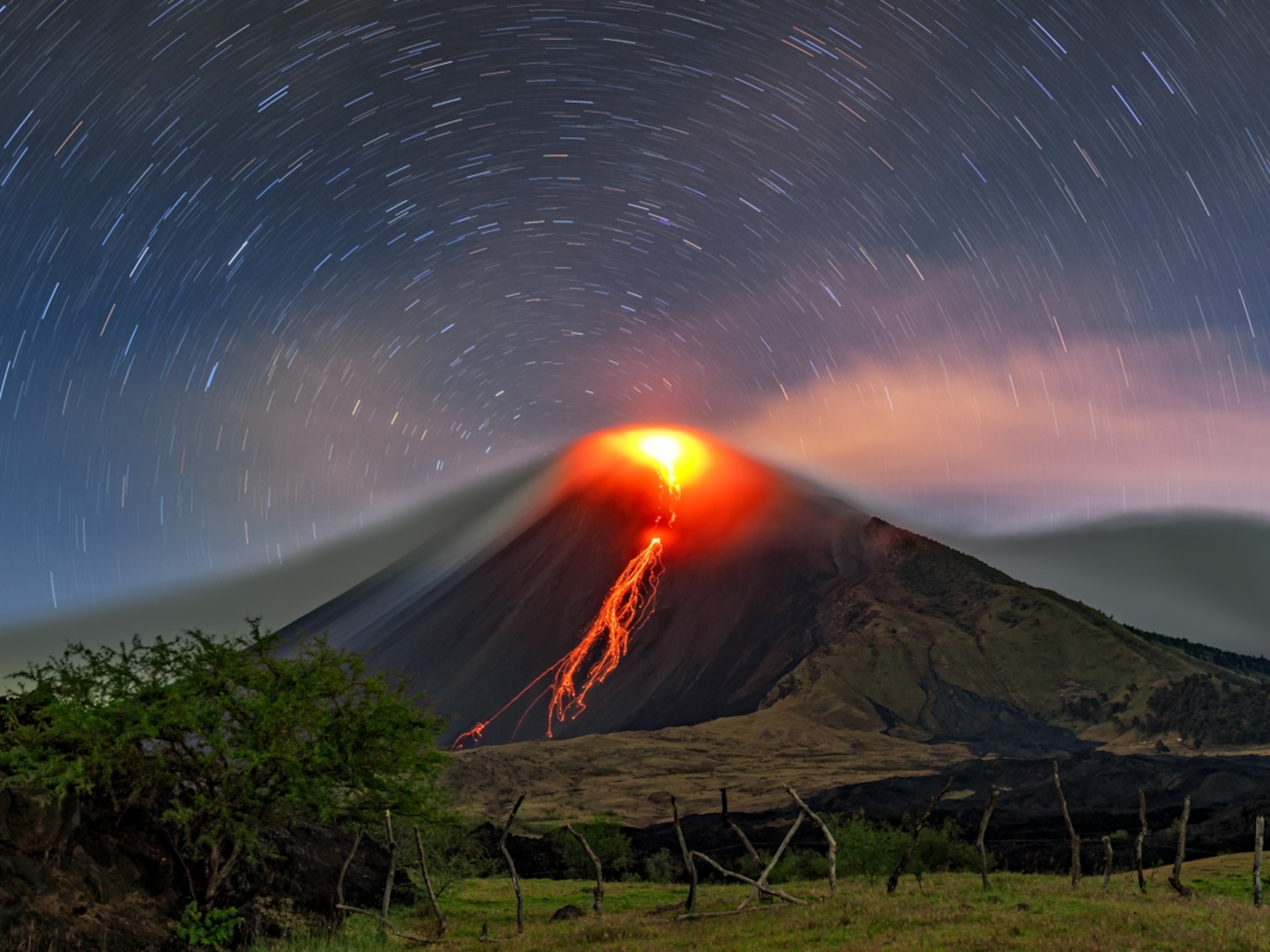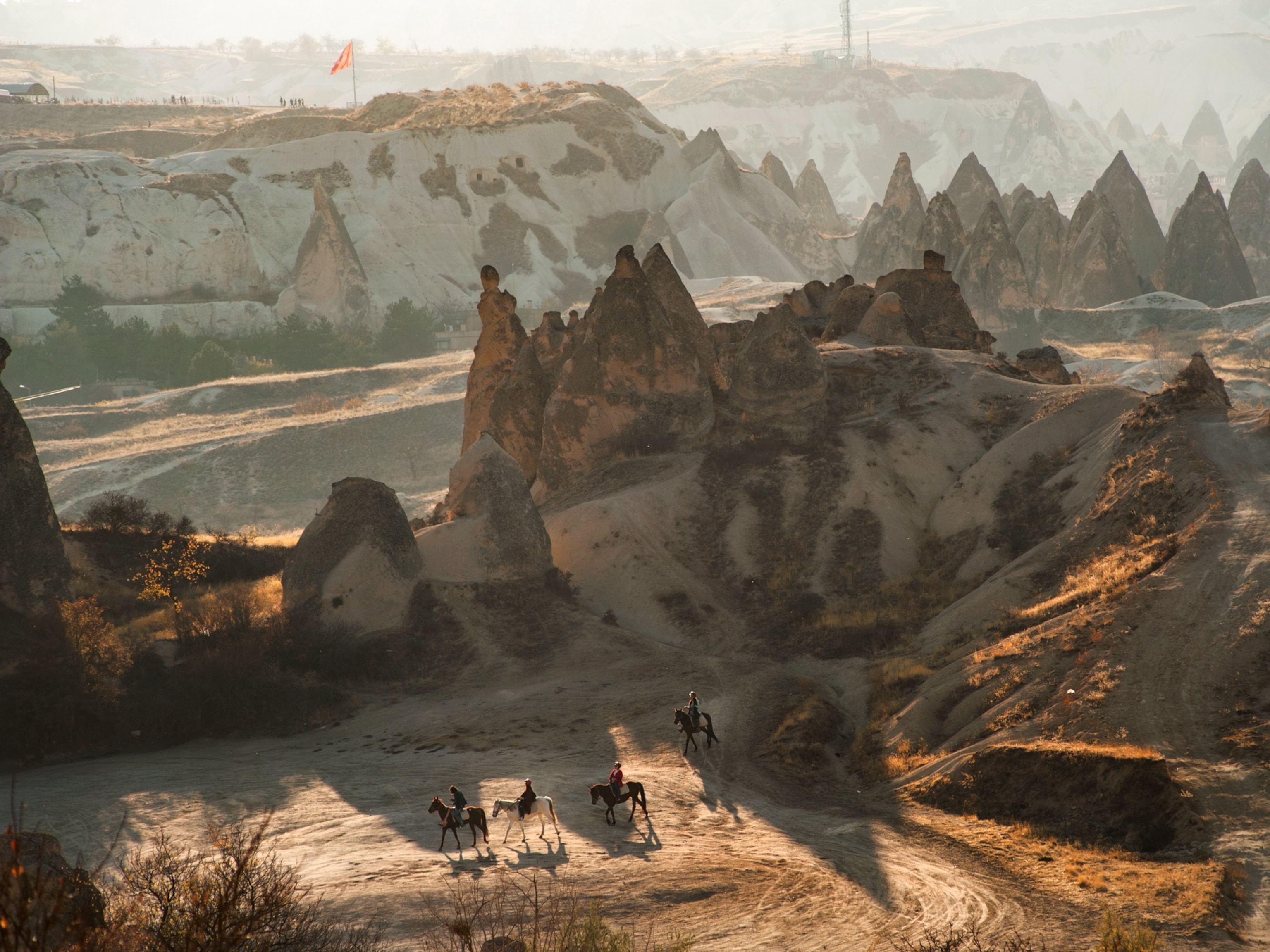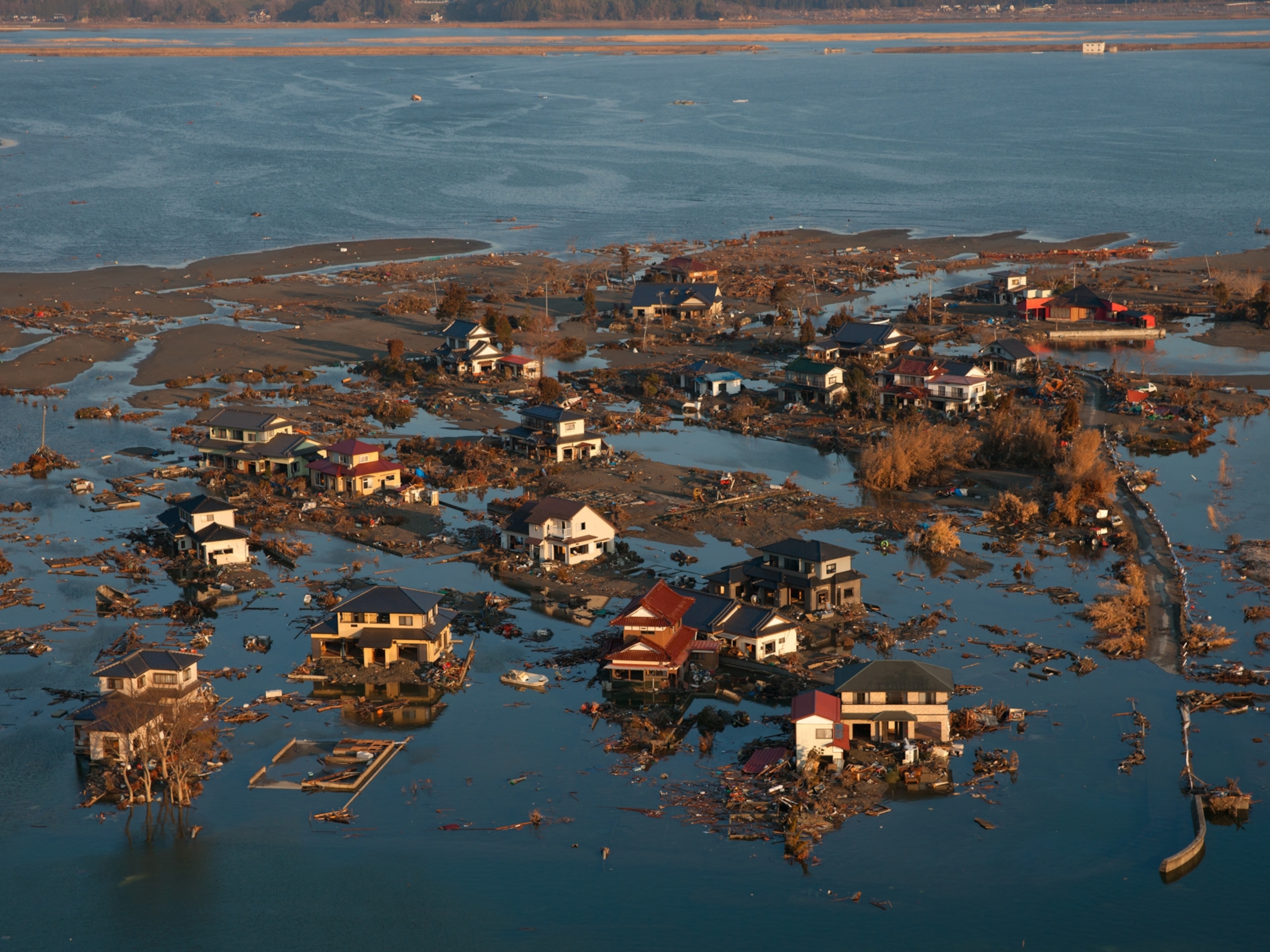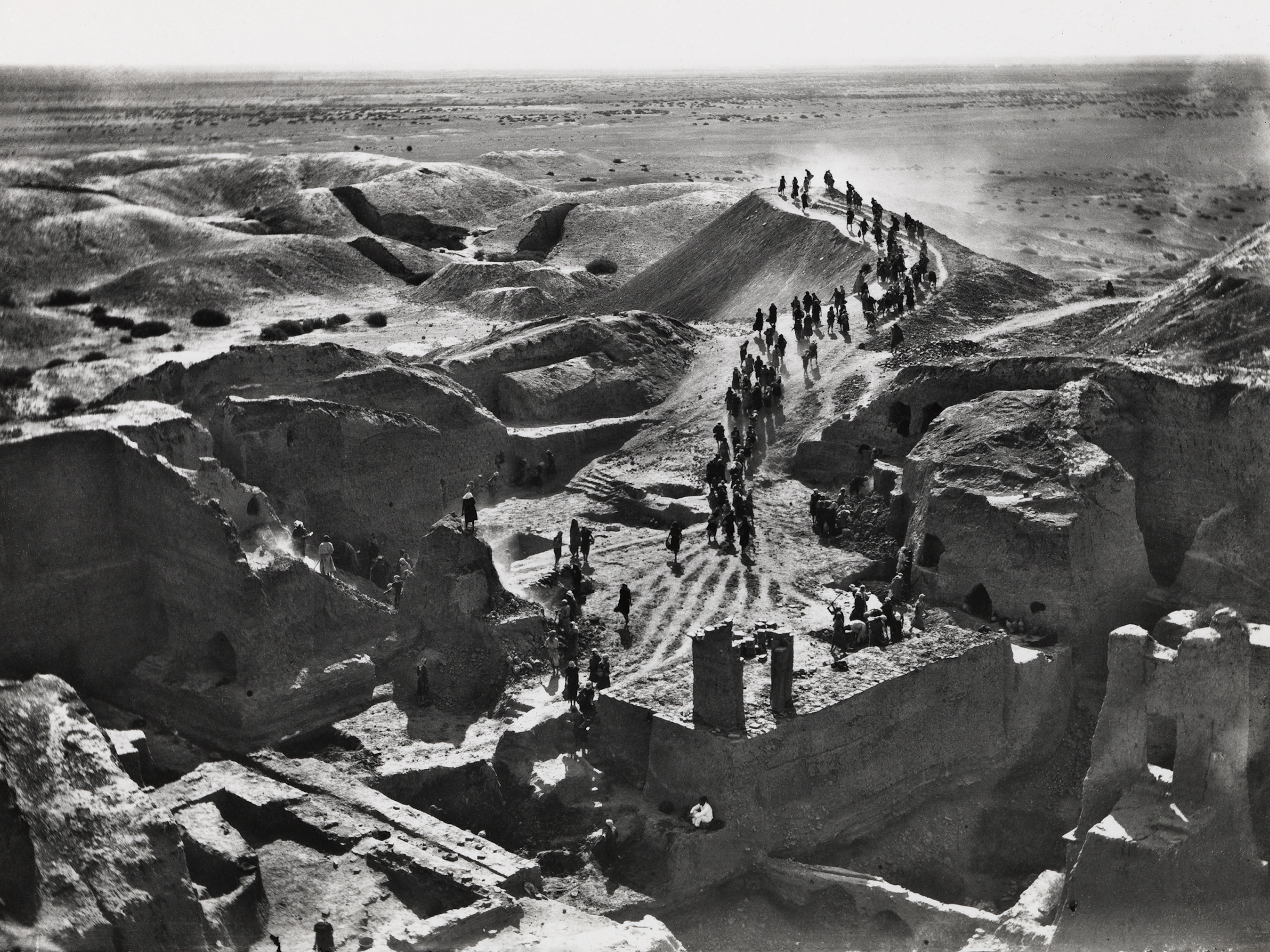The continents are in constant motion: Tectonic plates crash together and break apart, creating new crust while old crust is pulled below the surface. The process shrinks and widens oceans, uplifts mountain ranges, and rearranges landmasses. In about 250 million years a new supercontinent, Pangaea Proxima, will form.
Art: Charles Preppernau. Source: C.R. Scotese, Paleomap Project
This story appears in the June 2018 issue of National Geographic magazine.





